Cybersecurity plays a critical role in healthcare, where patient data, system uptime, and compliance go hand in hand. With rising ransomware attacks and data breaches targeting hospitals and health tech platforms, the risks go far beyond financial loss.
HIPAA sets clear expectations for how providers and partners must protect electronic protected health information (ePHI). But meeting those expectations takes more than policies, it takes proof. This is where the HIPAA pentest comes in.
By mimicking real-world threats, HIPAA pentest shows where defenses fall short and helps teams fix issues before auditors or attackers find them.
tl;dr: A HIPAA pentest helps healthcare providers find and fix real security issues in systems that handle patient data. It supports the framework’s rules by testing how well your safeguards work and showing what needs to be improved. AppSecure offers safe, healthcare-focused testing with clear reports and compliance help, making it easier to stay secure and meet audit expectations.
What is HIPAA and who does it apply to?
HIPAA, or the Health Insurance Portability and Accountability Act, is a U.S. law designed to protect the privacy and security of sensitive health information. It applies to a wide range of entities, including hospitals, clinics, insurance providers, healthcare SaaS vendors, and third-party service providers handling electronic protected health information (ePHI).
At the heart of HIPAA’s security requirements are two key rules:
- The security rule
This rule outlines how organizations must protect ePHI using a mix of administrative, physical, and technical safeguards. It expects more than just policies, it calls for real, enforceable controls such as user access restrictions, encryption, and audit logging.
- The privacy rule
This rule governs how patient information is used and shared. It sets limits on disclosures and grants patients specific rights over their data, ensuring that only authorized use is allowed across healthcare operations.
HIPAA isn’t optional, and compliance isn’t just about checklists. Organizations must show that their security controls actually work. That’s why testing, especially through methods like penetration testing, plays an important role in meeting both the letter and the intent of HIPAA.
Does HIPAA require penetration testing?
HIPAA doesn’t explicitly require penetration testing, but under the Security Rule (45 CFR §164.308(a)(1)(ii)(A)), covered entities must perform risk analysis to identify vulnerabilities to ePHI.
A HIPAA pentest provides a practical way to meet this obligation by exposing real-world risks by:
- Validating risk analysis and technical safeguards
HIPAA's Security Rule mandates not just documentation but active risk management. Penetration testing helps simulate real-world attack vectors, such as injection flaws, access control misconfigurations, or data exposure via APIs, to uncover gaps in your environment.
It tests whether your encryption, authentication, and access controls are enforceable and resistant to exploitation. This helps ensure that identified risks are not theoretical, but are based on proven vulnerabilities.
- Addressing ‘addressable’ technical specifications
HIPAA uses the term "addressable" for certain technical safeguards like audit controls, integrity mechanisms, and access logging. This does not make them optional.
Instead, you must either implement them or provide documented reasoning for an alternative control. Penetration testing supports this by providing evidence of how existing safeguards perform against attack simulations. If a control is missing, pentest findings help justify compensating measures.
- Demonstrating continuous compliance and due diligence
HIPAA emphasizes ongoing assessments, not one-time efforts. Penetration testing methodology provides a recurring, evidence-based process for validating that your systems can withstand known and emerging threats.
Most third-party HIPAA auditors and healthcare security consultants expect to see recent pentest reports as part of due diligence, especially in high-risk environments like cloud-hosted EHRs or patient portals.
Benefits of a HIPAA pentest
HIPAA pentest offers a number of benefits that go beyond meeting SaaS security and compliance. Let’s break down how it strengthens both technical safeguards and overall security posture:
- Identifies weaknesses in systems handling ePHI
HIPAA pentesting reveals flaws in applications, internal networks, and medical devices that process electronic protected health information (ePHI). This includes outdated software, unsecured endpoints, exposed ports, or improper input handling, each of which could put patient data at risk.
- Tests access controls and authentication
HIPAA requires strict enforcement of user access. A HIPAA pentest checks whether role-based access, multi-factor authentication, and session management are set up securely. It also uncovers risks like privilege escalation and unauthorized data access.
- Finds misconfigurations in cloud and EHR platforms
Cloud-based EHR systems and third-party integrations often introduce security gaps. Pentesters assess configurations like open S3 buckets, weak API permissions, and overly permissive access policies to ensure sensitive data stays protected.
- Demonstrates due diligence during audits
HIPAA compliance involves proving that risks are not just documented but actively managed. Pentest reports offer concrete evidence to auditors that your security controls have been tested against real-world scenarios and validated for effectiveness.
- Strengthens patient trust and data security
By regularly validating your defenses, you show a strong commitment to protecting patient data. This transparency helps build trust with patients, partners, and regulators, an essential part of maintaining long-term credibility.
Types of HIPAA pentests for healthcare environments
HIPAA-covered entities operate across complex environments that include on-premise systems, cloud platforms, and human workflows. Each layer presents distinct risks. Below are the key types of penetration testing relevant to healthcare providers, and why they matter:
- Internal and external network security assessments
These tests identify exploitable vulnerabilities in both perimeter-facing systems (e.g., firewalls, VPNs, exposed services) and internal infrastructure (e.g., flat networks, legacy protocols).
Internal assessments often simulate an attacker who gains access via phishing or an infected device, while external assessments replicate threats from outside the network. Findings typically include open ports, outdated services, privilege escalation paths, and lateral movement vectors.
- Web application and EHR platform testing
Patient portals, billing systems, EHRs, and custom APIs are critical to healthcare workflows and often handle ePHI.
Penetration testers examine authentication flows, session management, input sanitization, access controls, and API logic for flaws such as SQL injection, IDOR (Insecure Direct Object References), and data exposure. Secure coding practices and OWASP Top 10 coverage are key evaluation areas.
- Wireless infrastructure security testing
Hospitals and clinics frequently use wireless networks to connect workstations, medical IoT devices, and BYOD equipment.
HIPAA pentesters assess SSID isolation, encryption protocols (e.g., WPA2/WPA3), rogue AP detection, and segmentation between clinical and guest networks. Misconfigured wireless controllers or weak pre-shared keys can lead to internal network access.
- Human layer testing: social engineering simulations
Phishing simulations, pretext calls, and physical intrusion attempts test staff resilience to real-world attacks. These assessments help validate security awareness training and incident reporting workflows. Attack scenarios are aligned with HIPAA’s administrative safeguards around workforce security and ongoing education.
- Cloud infrastructure penetration testing
Healthcare providers using AWS, Azure, or GCP for HIPAA-compliant workloads face risks like misconfigured S3 buckets, weak IAM policies, open storage endpoints, and excessive permissions. Cloud pentests focus on identity isolation, resource segmentation, logging configurations, and enforcement of least privilege.
Key considerations for HIPAA-aligned pentesting
Since patient safety and data integrity are at stake, HIPAA-covered entities must plan their tests with precision. Here are the key factors to keep in mind when conducting HIPAA-aligned pentesting:
- Minimizing disruption to clinical operations
HIPAA pentesting must never interfere with critical systems like Electronic Health Records (EHRs), patient monitoring tools, or medical IoT devices.
Engagements should be scheduled during low-traffic periods and coordinated with IT and clinical teams. Non-invasive methods and sandboxed environments help ensure uninterrupted patient care.
- Scoping around systems handling ePHI
Not all assets need equal attention. Pentesting should prioritize applications, databases, APIs, and infrastructure that store, transmit, or process electronic protected health information (ePHI). This includes front-end portals, backend databases, and third-party integrations connected to clinical workflows.
- Business associate agreements (BAA)
Since pentesting vendors may access ePHI or related systems, signing a BAA is essential before testing begins. This ensures both parties meet HIPAA’s requirements for safeguarding sensitive information and clearly defines roles, responsibilities, and liability.
- Secure handling of findings and test data
Test results often contain sensitive system information and potential access paths to patient data. Reports, logs, and proof-of-concept payloads must be securely stored, encrypted, and shared only with authorized personnel. Proper disposal and data retention policies should also be defined upfront.
- Mapping results to HIPAA risk management requirements
Penetration test outcomes should feed directly into the organization’s risk analysis documentation. Each finding should be categorized by severity and linked to HIPAA's Security Rule requirements. This helps demonstrate proactive risk management during audits and supports timely remediation planning.
AppSecure’s approach to HIPAA-focused penetration testing
Now that you understand why HIPAA-focused pentesting matters, let’s explore how AppSecure aligns its security testing approach with HIPAA requirements to help healthcare providers safeguard ePHI and meet compliance expectations:
- Custom scoping based on HIPAA & HITECH
AppSecure begins with a detailed scoping exercise that targets systems processing electronic protected health information (ePHI). This includes EHRs, APIs, cloud environments, and mobile health apps, all aligned with HIPAA Security Rule and HITECH Act requirements.
Our scoping ensures tests focus only where risk exists, minimizing unnecessary impact while covering critical assets.
- Risk-driven testing with clinical safety in mind
AppSecure employs a manual-first approach, simulating real-world threats such as lateral movement or privilege escalation. We plan testing windows carefully to avoid disrupting clinical workflows or degrading essential services. This methodology ensures in-depth vulnerability discovery, without compromising patient safety.
- Audit-ready reports with clear prioritization
Each vulnerability report includes CVSS-based severity ratings, business-impact assessments, and HIPAA-aligned remediation guidance. Findings map directly to Security Rule controls, helping integration into risk registers and compliance documentation.
- Secure handling of sensitive test data
AppSecure treats pentest data with the same care required for ePHI. We enforce strict encryption, access controls, and secure reporting mechanisms to prevent leaks of credentials or exploit logs, ensuring that test artifacts never expose patient information.
- Compliance support & remediation guidance
Beyond penetration testing reports, AppSecure provides actionable support to integrate results into HIPAA documentation. We assist in updating risk assessments, drafting remediation plans, and verifying fixes, helping teams demonstrate due diligence and prepare for audits.
Pentesting and HIPAA risk assessments: How they work together
Instead of functioning as a standalone exercise, penetration testing complements your overall HIPAA risk management strategy. Once vulnerabilities are identified through risk analysis, pentesting puts those assumptions to the test, validating how real-world attackers could exploit them.
Here’s how it fits into core HIPAA compliance activities:
- Turning risk assumptions into actionable evidence
Risk assessments often identify theoretical threats. Penetration testing confirms whether those threats can actually be exploited in your environment, such as access control bypasses or data exposure through APIs.
This transforms general risk categories into validated security gaps that require immediate attention.
- Supporting prioritization and remediation
Pentest findings are categorized by severity and mapped to critical assets like EHR systems, databases, or cloud storage hosting ePHI. This supports prioritization in your risk register and feeds directly into remediation planning.
Addressing confirmed risks, not just potential ones, helps make corrective actions more focused and defensible.
- Demonstrating effective safeguards during audits
HIPAA requires “reasonable and appropriate” safeguards, but it’s up to the organization to prove they work. Penetration testing shows that technical protections, like encryption, network segmentation, or identity controls, stand up to adversarial testing.
This gives auditors confidence that your compliance isn’t just on paper.
Make HIPAA pentest a part of your security strategy
A HIPAA pentest does more than check a compliance box, it reveals how well your defenses actually hold up in real-world conditions. It supports risk assessments, validates technical safeguards, and helps meet HIPAA's Security Rule with confidence.
At AppSecure, we deliver HIPAA-focused penetration testing tailored to healthcare environments. Our hands-on approach helps you identify critical risks without disrupting operations, so you can stay compliant and protect patient data effectively.
Ready to plan your HIPAA Pentest? Contact AppSecure today.
FAQs
- Is penetration testing required for HIPAA compliance?
HIPAA doesn’t mandate penetration testing, but it strongly encourages ongoing risk assessments. Pentesting is a practical way to meet this requirement by identifying real-world vulnerabilities.
- What types of systems should be tested in a HIPAA environment?
Systems that store, transmit, or access ePHI, including EHRs, patient portals, cloud infrastructure, internal networks, and connected medical devices, should be prioritized for testing.
- How does penetration testing help with HIPAA risk assessments?
Pentesting validates risk analysis efforts by simulating real-world attacks, helping uncover exploitable gaps and proving whether technical safeguards are effective in practice.
- Can penetration tests disrupt hospital or clinical systems?
Not if scoped and executed correctly. AppSecure uses safe, non-disruptive testing methods tailored to healthcare environments to avoid affecting patient care or critical operations.
- What should healthcare organizations look for in a HIPAA-focused pentest partner?
Choose providers with experience in healthcare security, safe testing practices, and familiarity with HIPAA requirements to ensure both compliance and operational safety.

Ankit is a B2B SaaS marketing expert with deep specialization in cybersecurity. He makes complex topics like EDR, XDR, MDR, and Cloud Security accessible and discoverable through strategic content and smart distribution. A frequent contributor to industry blogs and panels, Ankit is known for turning technical depth into clear, actionable insights. Outside of work, he explores emerging security trends and mentors aspiring marketers in the cybersecurity space.


.png)


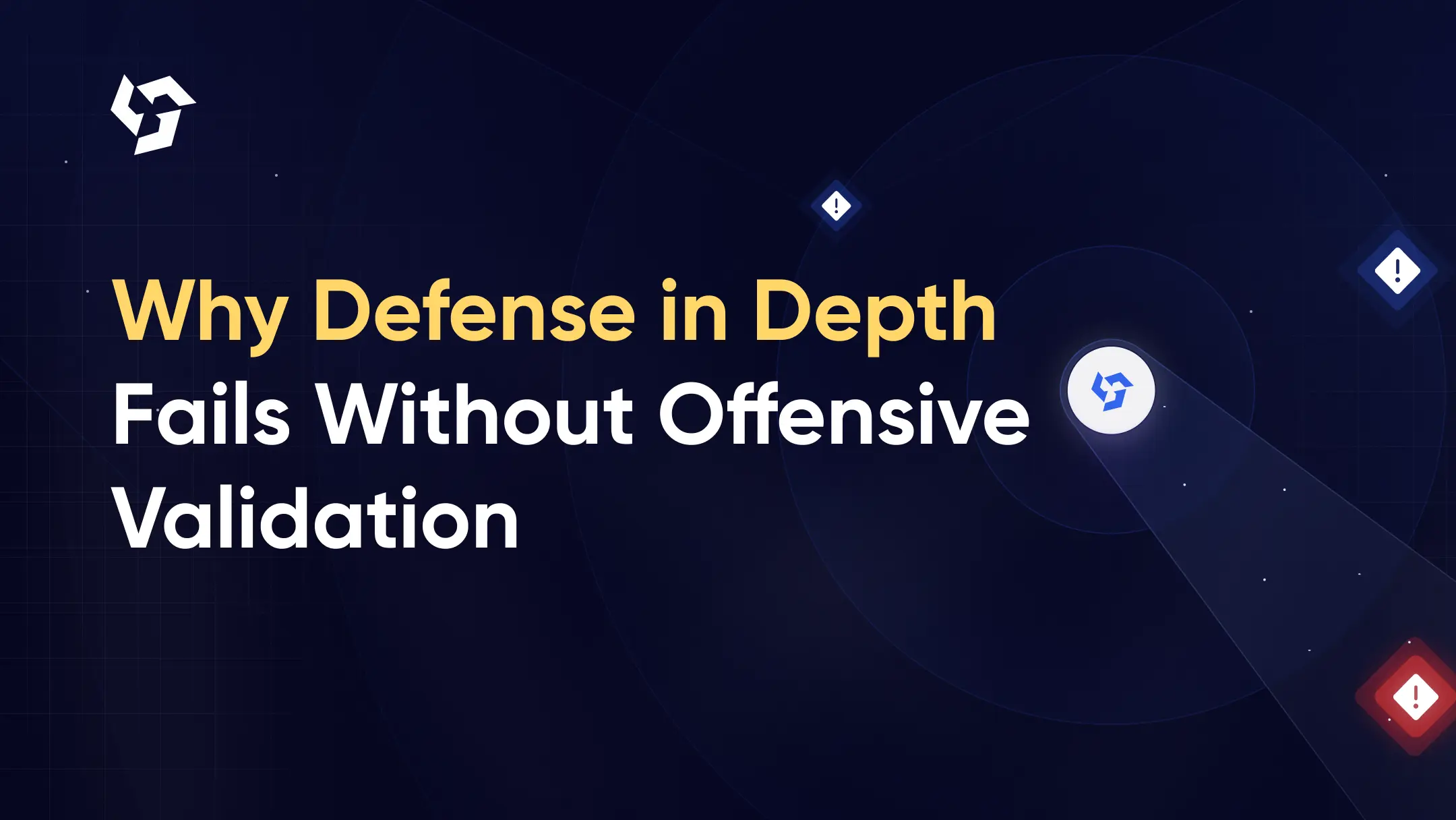

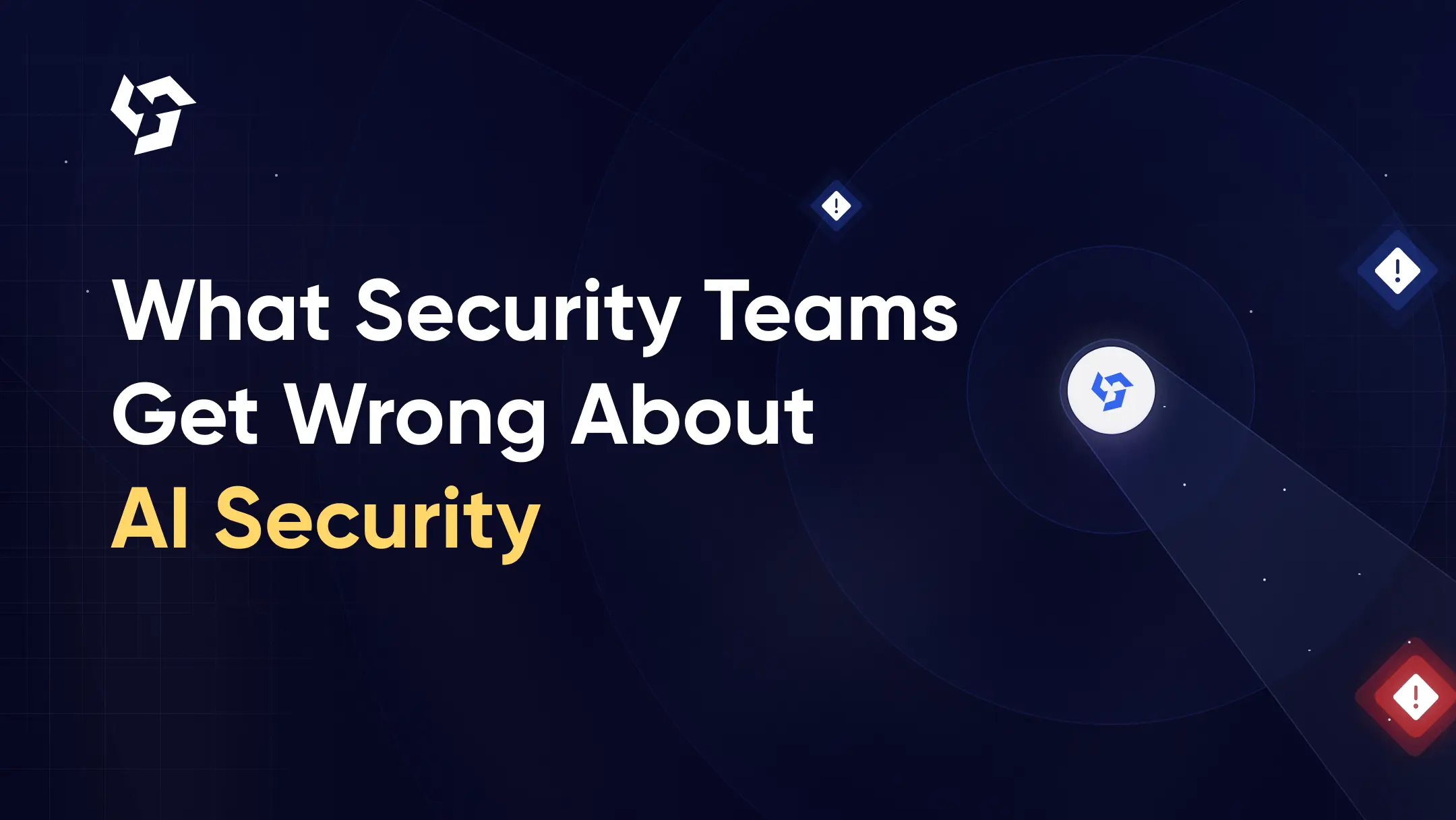
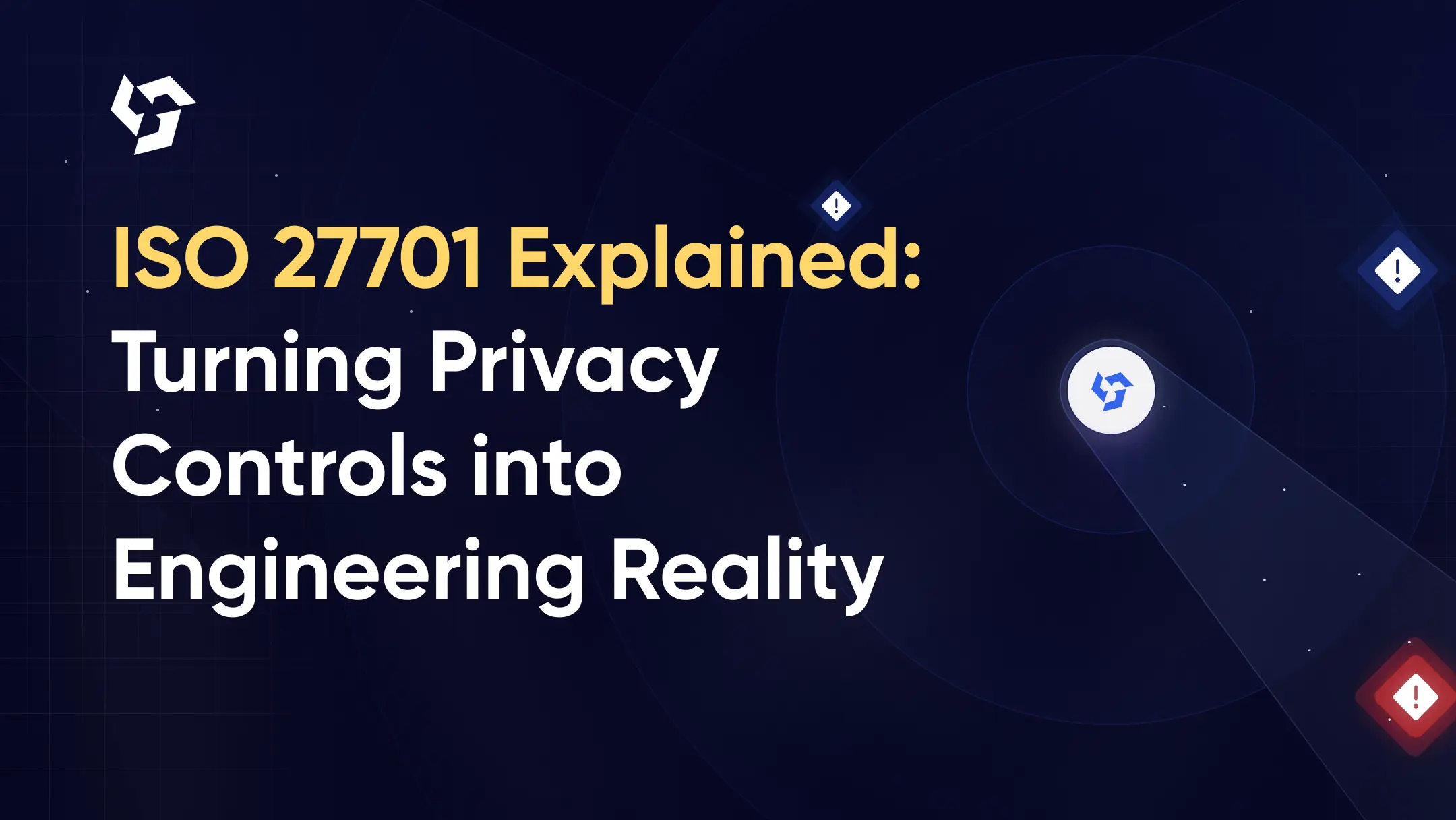

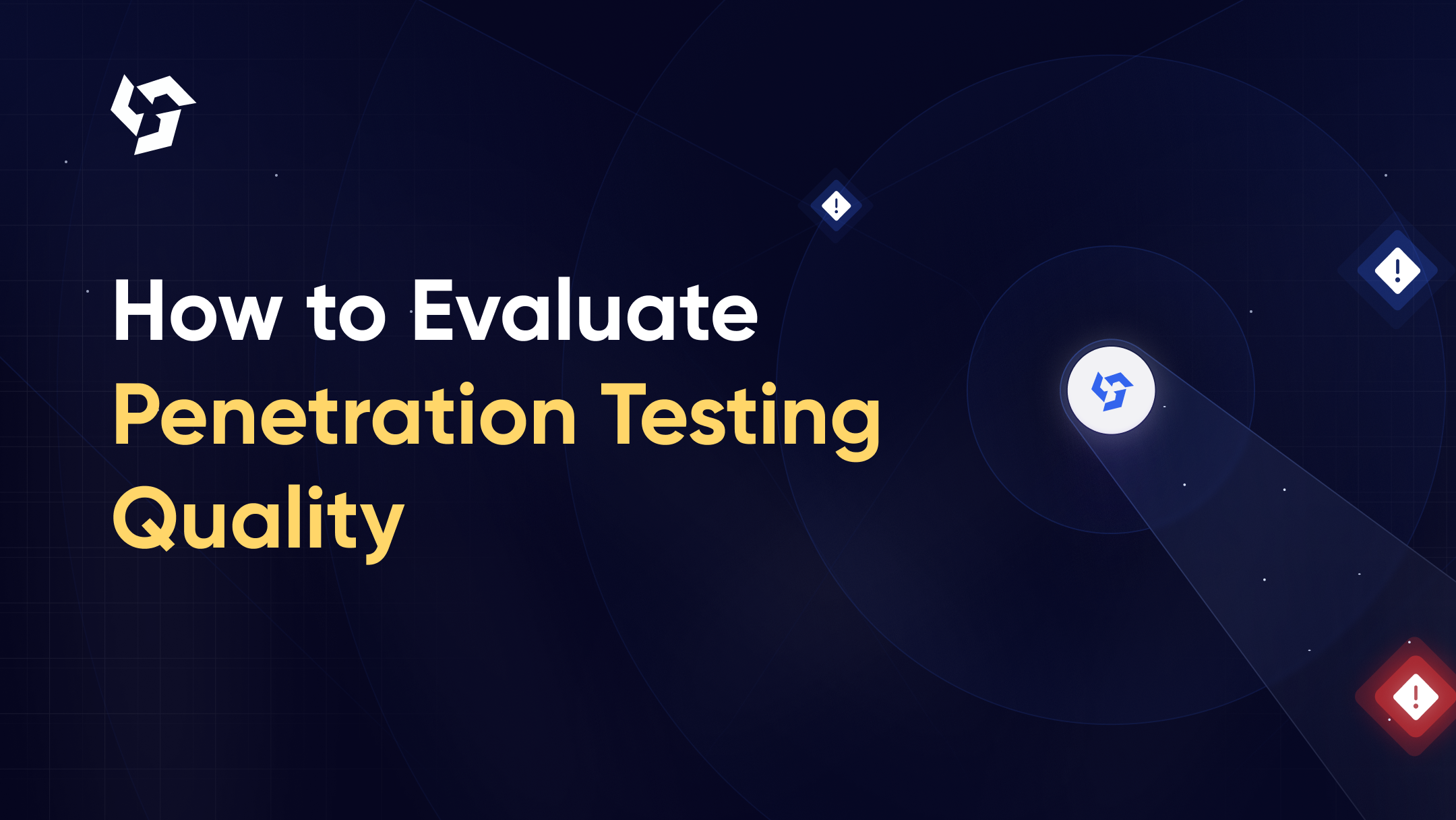
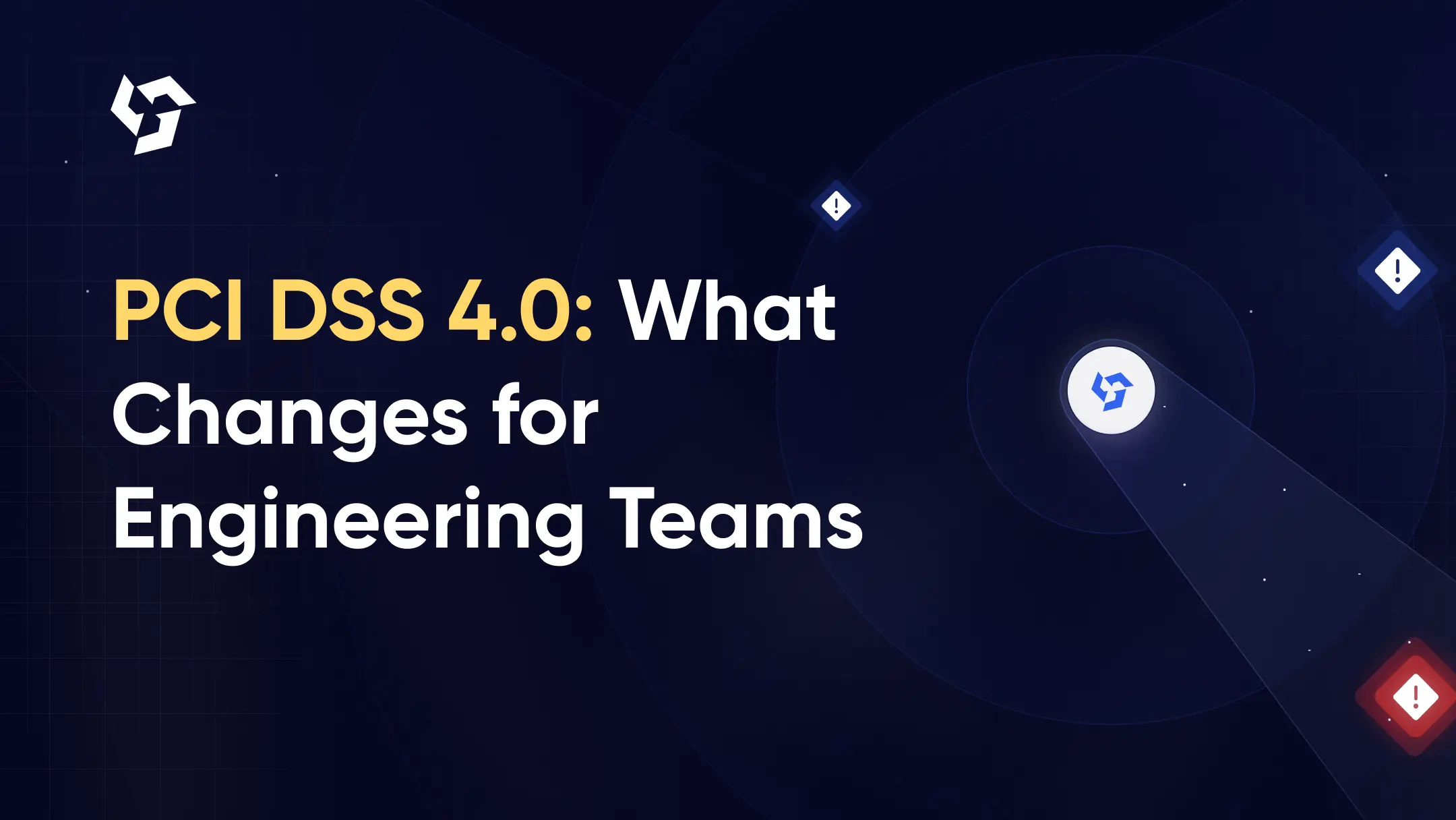
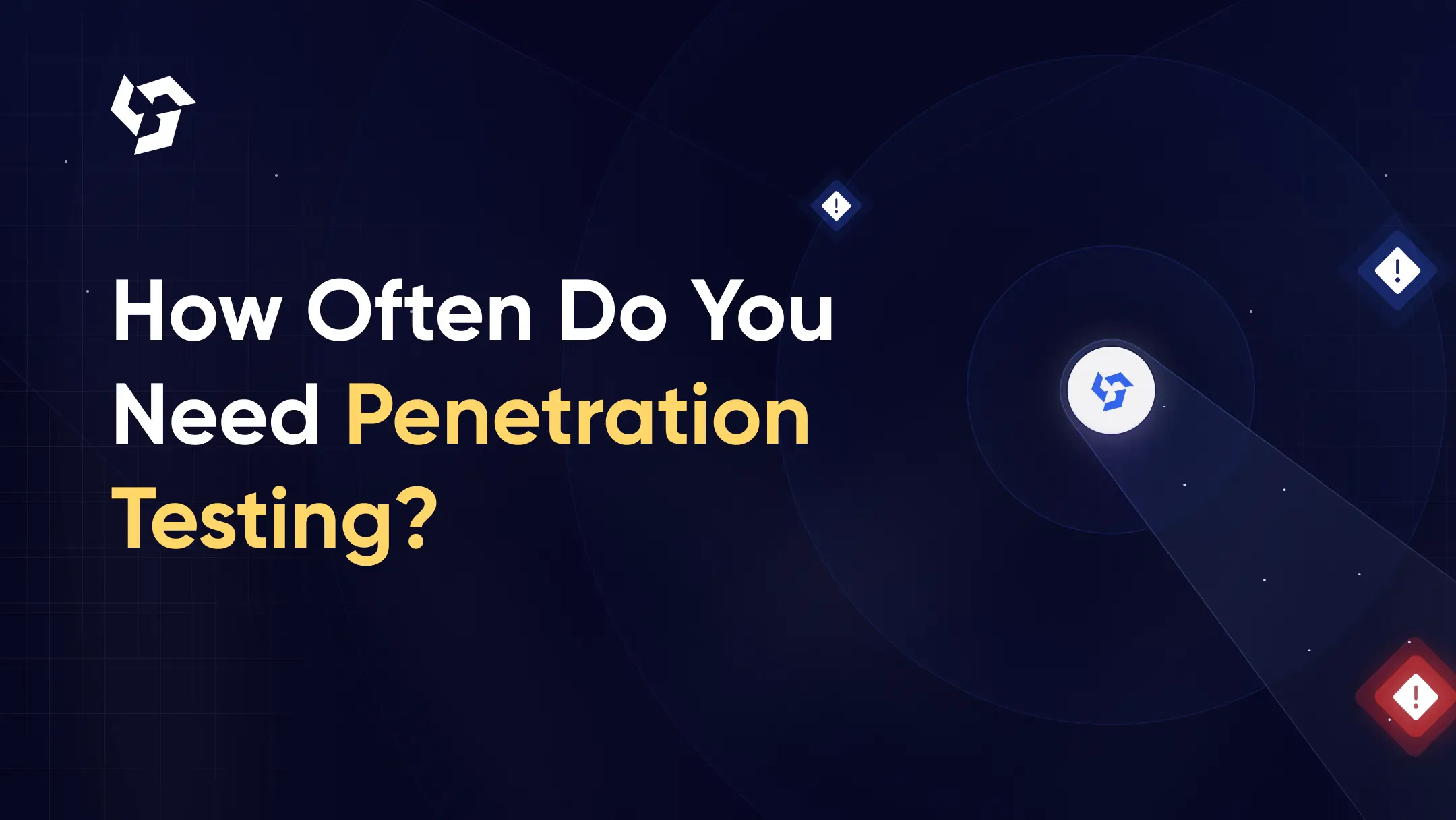
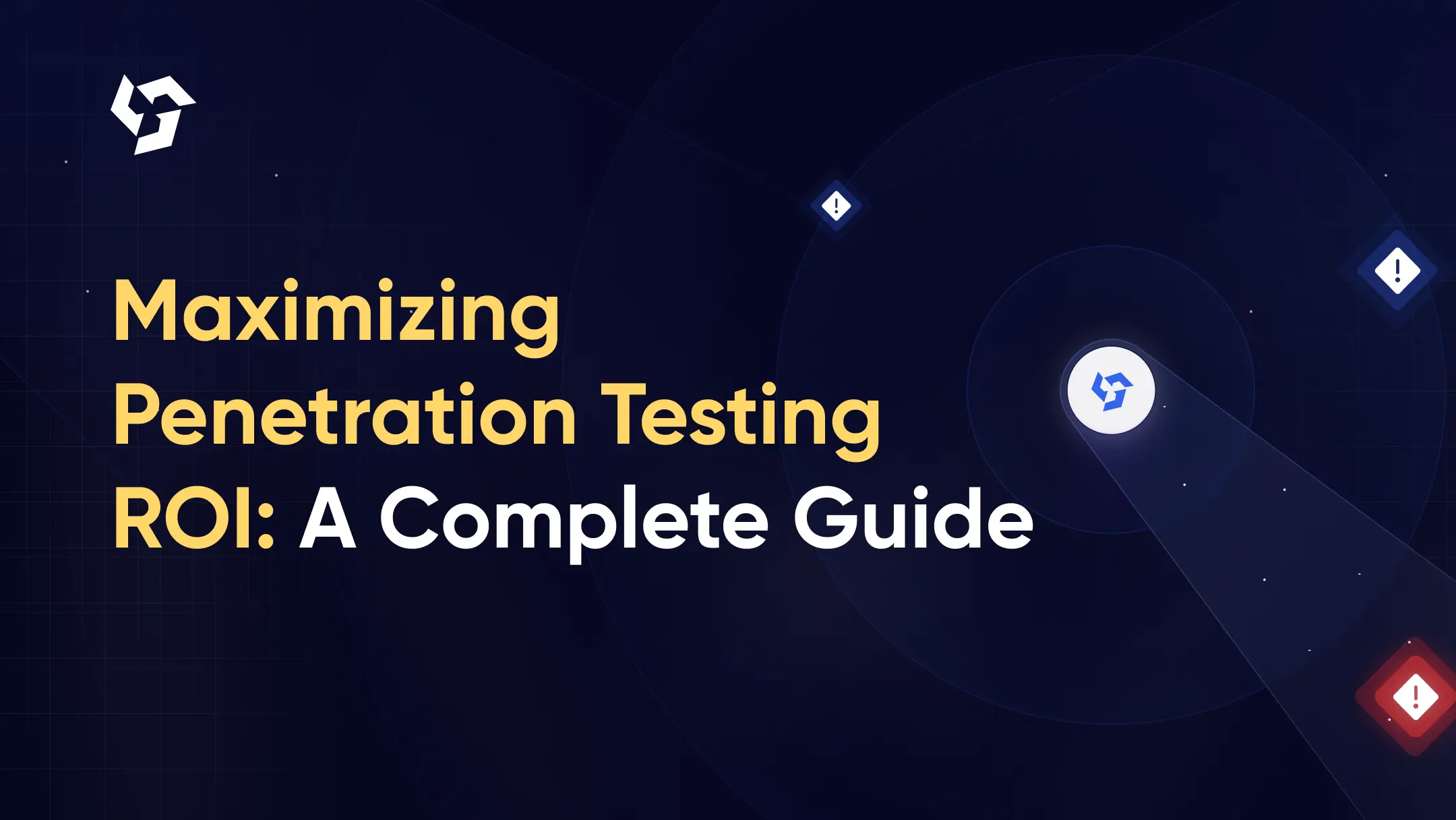


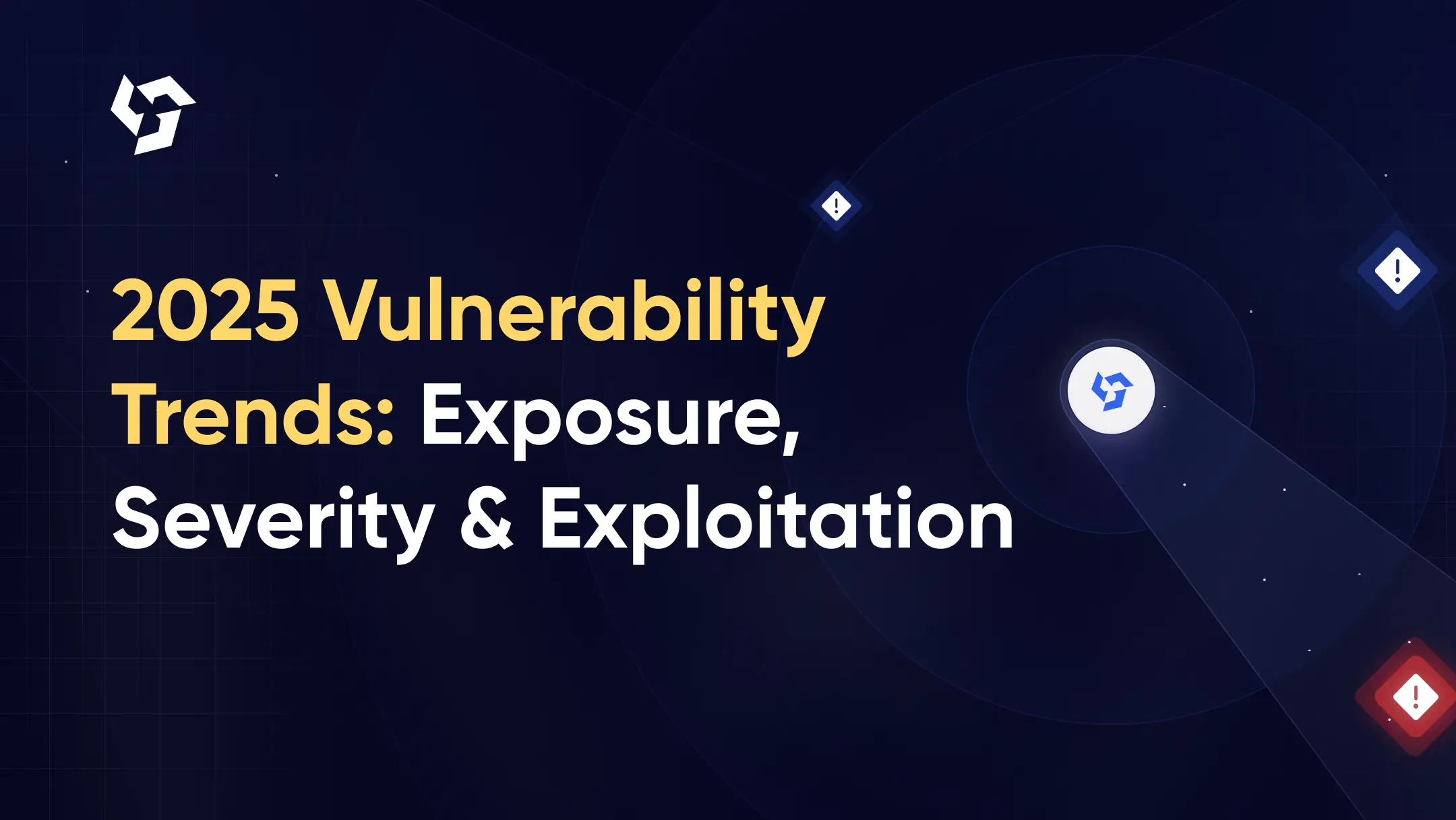










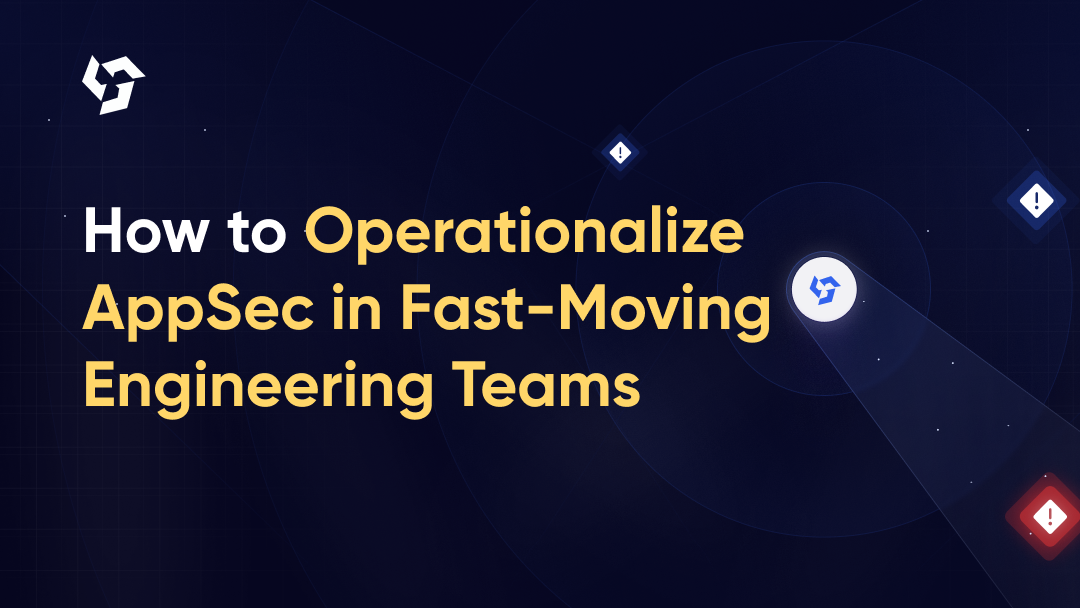








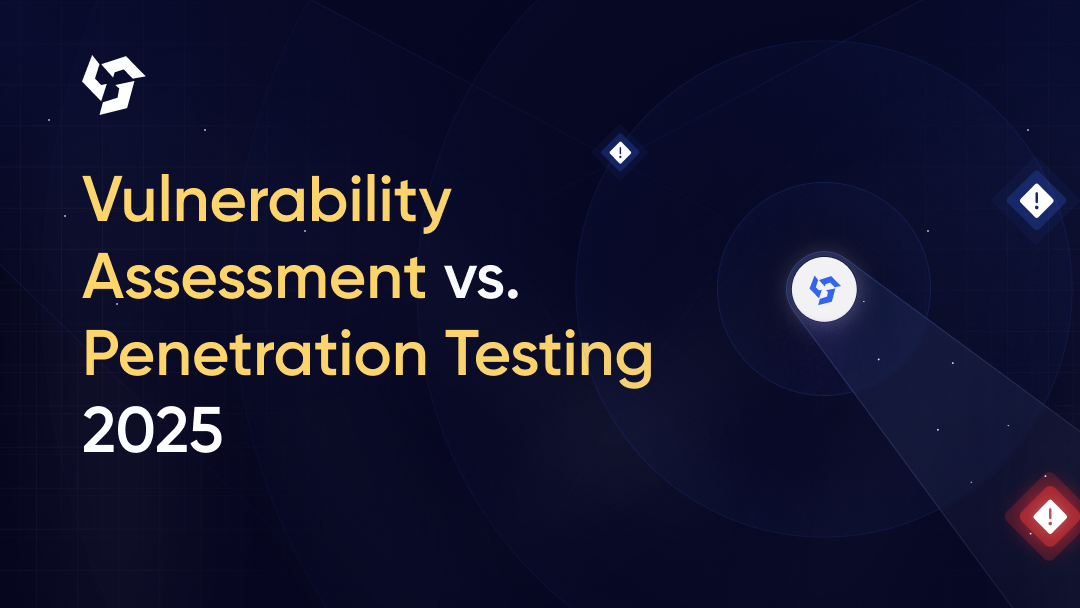

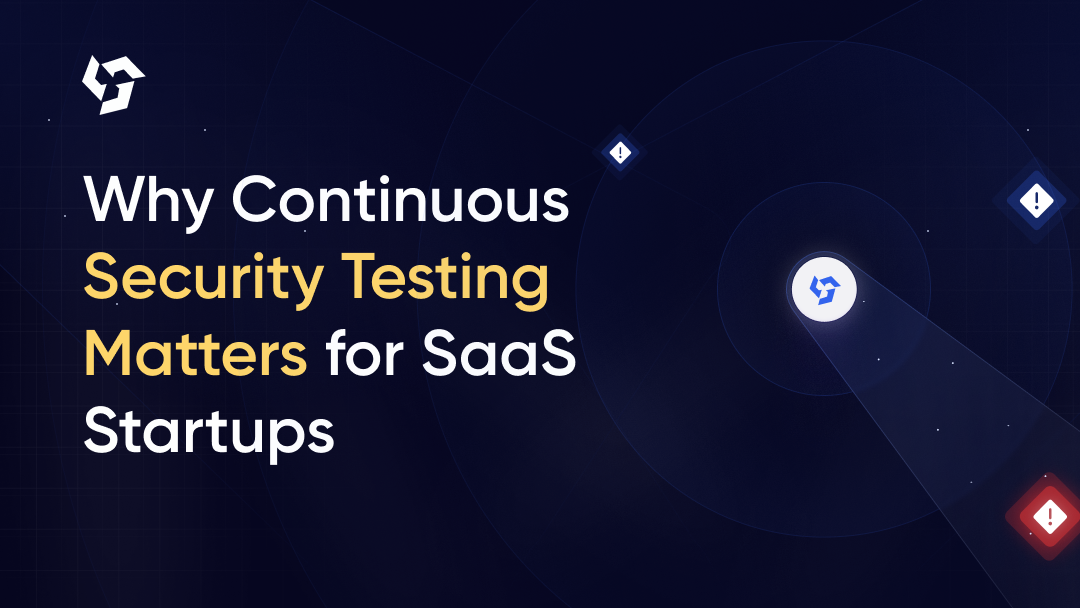


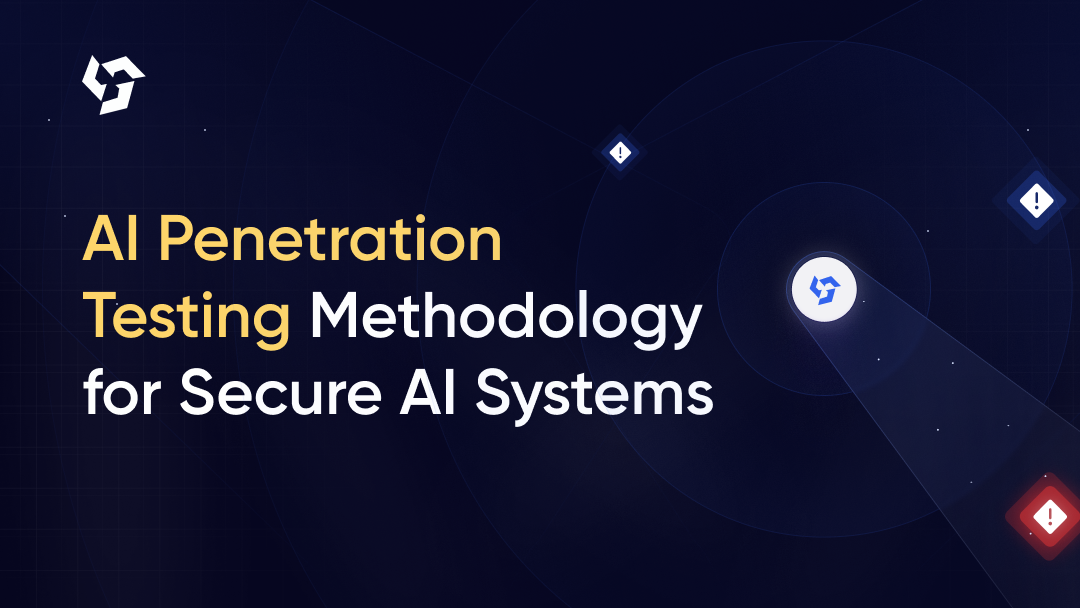

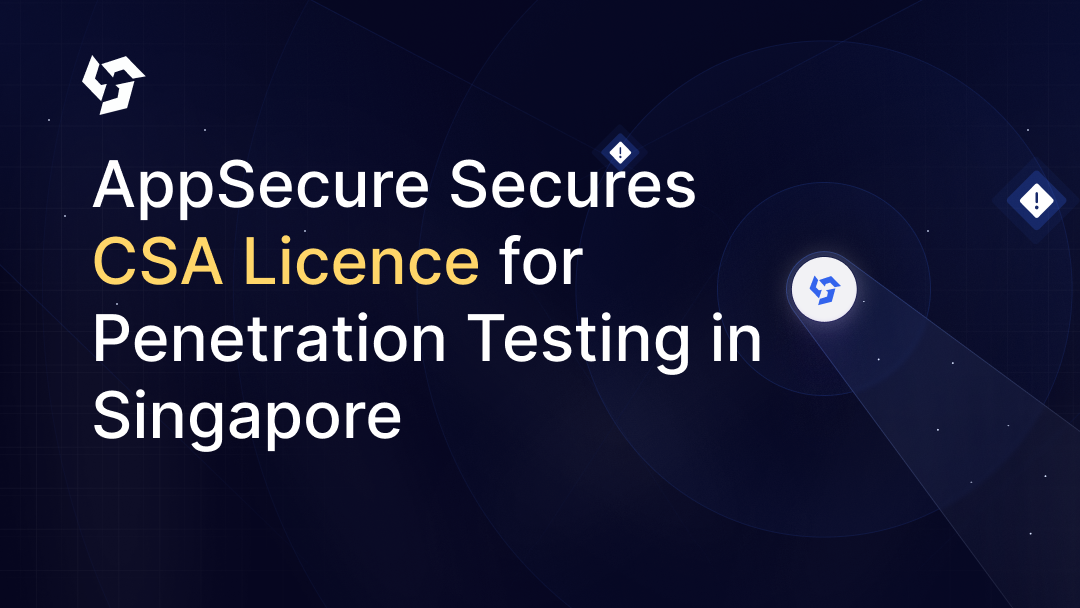
.png)
.png)
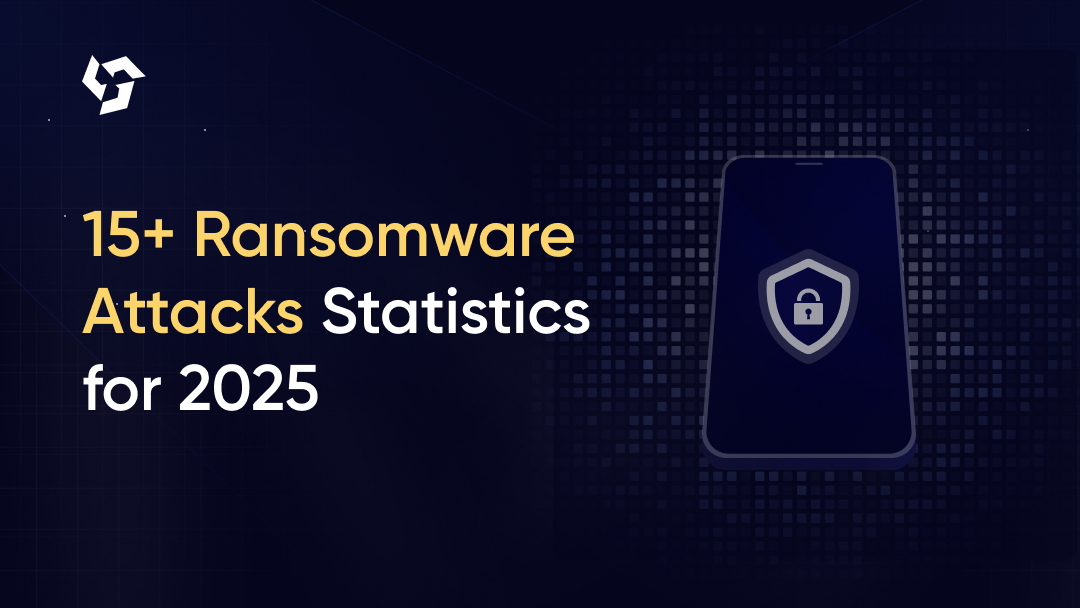
.png)
.png)
.png)
.png)
.png)
.png)

.png)
.png)


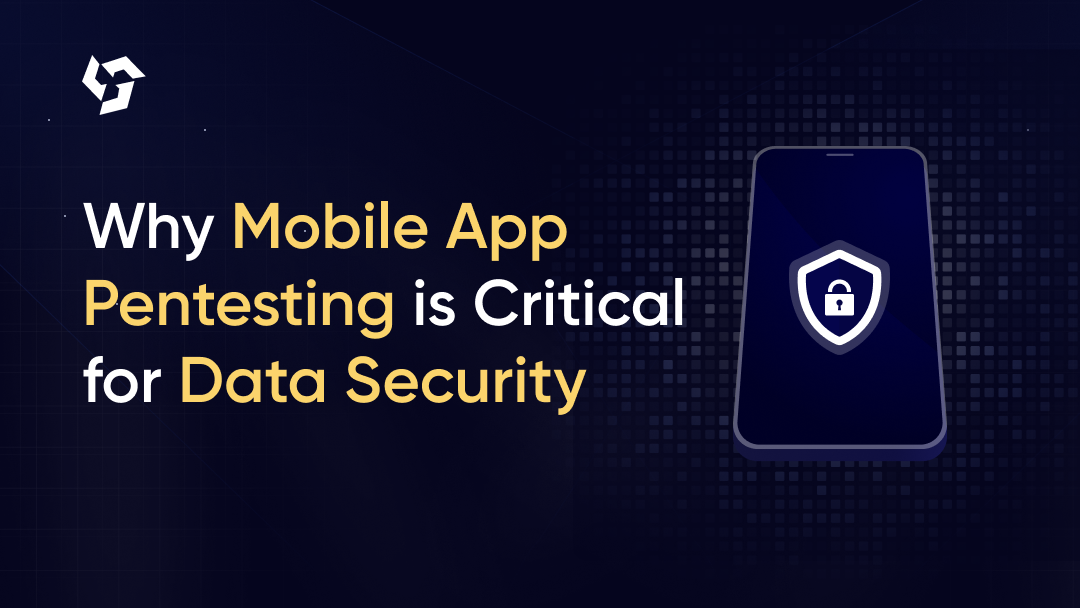
.png)


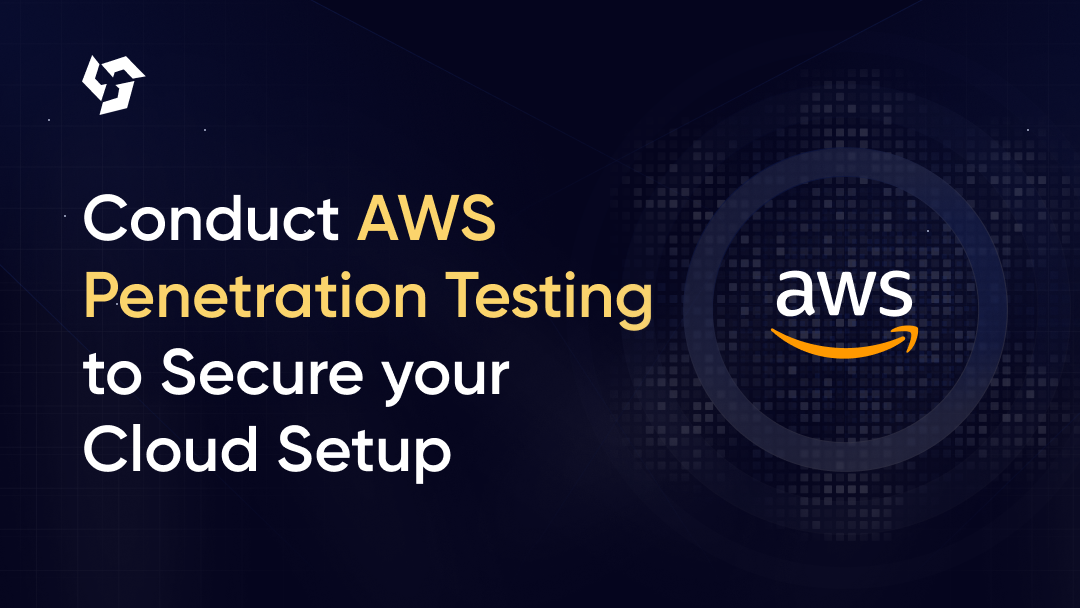
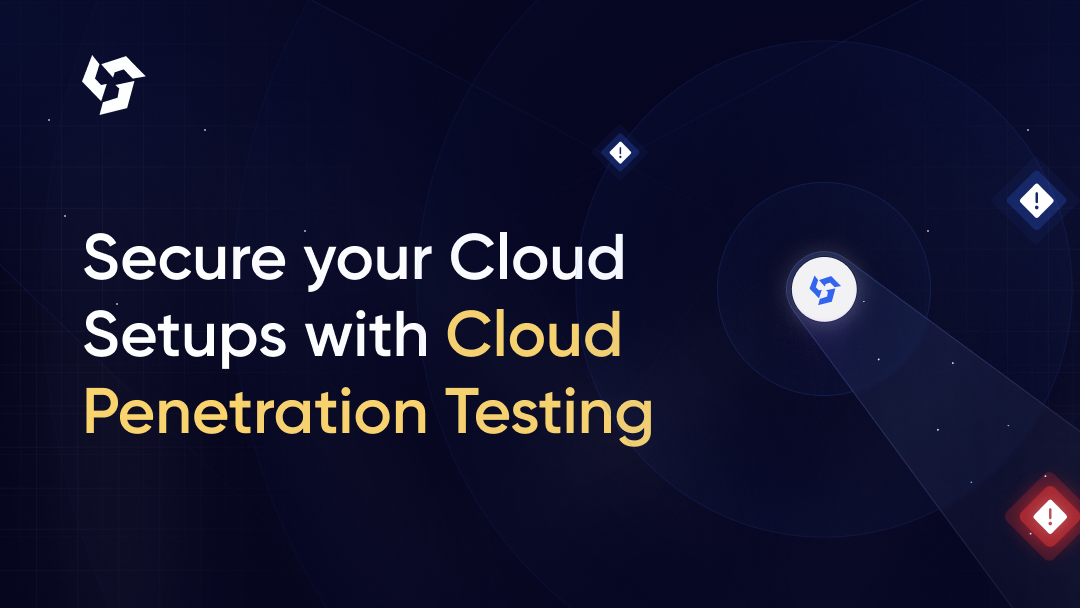
.png)
.png)
.png)
.png)

.png)
.png)
.png)

.png)
.png)
.png)
.png)

.png)









.webp)





.webp)


.webp)

.webp)




.webp)
